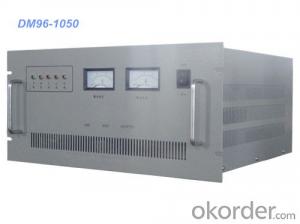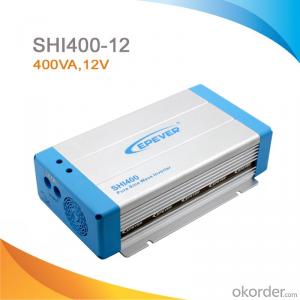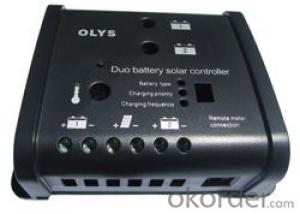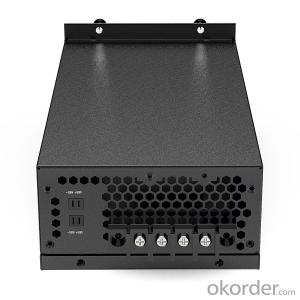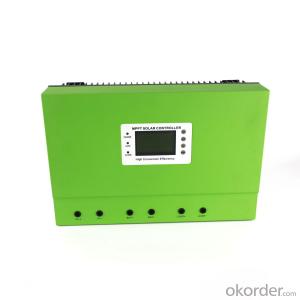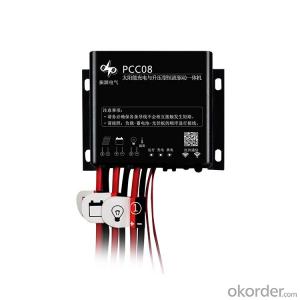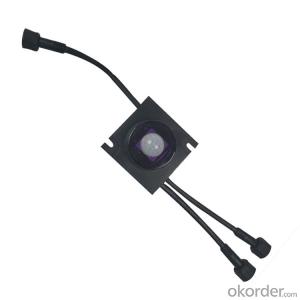Pure Power Solar Inverter
Pure Power Solar Inverter Related Searches
Best Solar Inverter For Home Power Inverter For Solar Panel Solar System Inverter For Home Home Power Inverter For Solar Best Inverter For Solar Pv Best Inverter For Solar Mini Solar Inverter For Home Micro Inverter For Solar Panel Solar System For Inverter Ac Mppt Inverter For Solar SystemHot Searches
China Mppt Solar Inverter Power One Solar Inverter Price Mppt Solar Inverter Price Solar Power Inverter Types Solar Power Inverter Suppliers Solar Inverter Emergency Power Solar Power Inverter Companies Power Factor Solar Inverter Solar Inverter Power Factor Solar Inverter Backup Power Tesla Solar Power Inverter Type Of Inverter For Solar Types Of Inverter For Solar Used Solar Inverter For Sale Inverter Size For Solar System Solar Edge Inverter For Sale 5kw Solar Inverter For Sale Solar Inverter For Sale Solar Inverter For Battery Solar Inverter For Split AcPure Power Solar Inverter Supplier & Manufacturer from China
Okorder.com is a professional Pure Power Solar Inverter supplier & manufacturer, offers integrated one-stop services including real-time quoting and online cargo tracking. We are funded by CNBM Group, a Fortune 500 enterprise and the largest Pure Power Solar Inverter firm in China.Hot Products
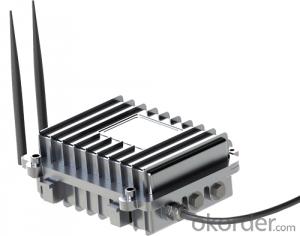
Internet of Things Wireless Centralize Controller Remote Monitor System MPPT Solar Charge Controller
FAQ
- Yes, a solar controller can definitely be used with a solar-powered museum or gallery. A solar controller is an essential component of a solar power system as it regulates the flow of electricity between the solar panels and the battery storage, ensuring optimum charging and preventing overcharging or damage to the batteries. In a solar-powered museum or gallery, where energy efficiency and sustainability are key, a solar controller would effectively manage the power generated by the solar panels, ensuring reliable and efficient operation of the facility's electrical systems.
- A solar controller handles the switching of loads by monitoring the battery voltage and determining when it is necessary to activate or deactivate the loads. It regulates the flow of electricity from the solar panels to the battery and from the battery to the loads, ensuring the optimal use of energy and preventing overcharging or deep discharging of the battery.
- A solar controller handles battery low voltage recovery by monitoring the voltage level of the battery bank. When the voltage drops below a certain threshold, typically around 11.5 to 11.8 volts for a 12-volt system, the solar controller initiates a recovery process. During recovery, the solar controller reduces the load on the battery bank by disconnecting or reducing the power to non-essential loads. This helps to prevent further draining of the battery and allows it to recharge more efficiently. Simultaneously, the solar controller activates the solar panels to start charging the battery bank. It regulates the charging process by controlling the amount of current flowing from the panels to the batteries. The controller ensures that the charging current is within safe limits to avoid overcharging and damaging the batteries. As the battery voltage gradually increases, the solar controller continuously monitors the charging process. Once the battery reaches a predefined voltage level, typically between 13.5 to 14.5 volts for a 12-volt system, the controller switches to a float or maintenance charging mode. In this mode, the controller reduces the charging current to a lower level, preventing overcharging while keeping the battery fully charged. In summary, a solar controller handles battery low voltage recovery by reducing the load on the battery, activating the solar panels for charging, and regulating the charging process to restore the battery voltage to a safe and optimal level.
- Solar controllers typically last around 10 to 15 years, depending on the quality of the controller and how well it is maintained.
- Yes, a solar controller can be used with solar-powered off-grid telecommunications systems. A solar controller, also known as a charge controller, is an essential component of a solar power system. It regulates and controls the flow of electricity between the solar panels and the battery bank, preventing overcharging and protecting the battery from damage. In off-grid telecommunications systems that rely on solar power, a solar controller ensures that the solar panels efficiently charge the batteries and provides a stable and reliable power supply for continuous operation.
- The efficiency of a solar controller refers to how effectively it converts and regulates solar energy for use in a solar power system. It is typically expressed as a percentage and represents the amount of solar energy that the controller can efficiently capture and deliver to the connected load.
- To connect a solar controller to a remote monitoring system, you need to follow these steps: 1. Verify compatibility: Ensure that both the solar controller and the remote monitoring system are compatible with each other. Check the specifications and documentation of both devices to confirm this. 2. Connect communication ports: Most solar controllers have communication ports such as RS485 or RJ45. Connect the appropriate communication cable from the solar controller's port to the corresponding port on the remote monitoring system. Make sure the connections are secure. 3. Configure settings: Access the settings menu on both the solar controller and the remote monitoring system. Configure the communication parameters such as baud rate, addressing, and protocols to match each other. Refer to the user manuals or manufacturer's instructions for specific guidance. 4. Enable monitoring: Once the connections and settings are configured, enable the monitoring function on both devices. This may involve activating specific monitoring features on the solar controller and ensuring the remote monitoring system is set up to receive and display the data. 5. Test and troubleshoot: After the setup is complete, perform a test to ensure the solar controller's data is being transmitted to the remote monitoring system accurately. Monitor the data on the remote system and verify that it reflects the real-time status of the solar controller. If any issues arise, refer to the troubleshooting sections of the user manuals or contact the manufacturers for assistance. By following these steps, you should be able to successfully connect a solar controller to a remote monitoring system, allowing you to monitor and manage your solar system more efficiently.







